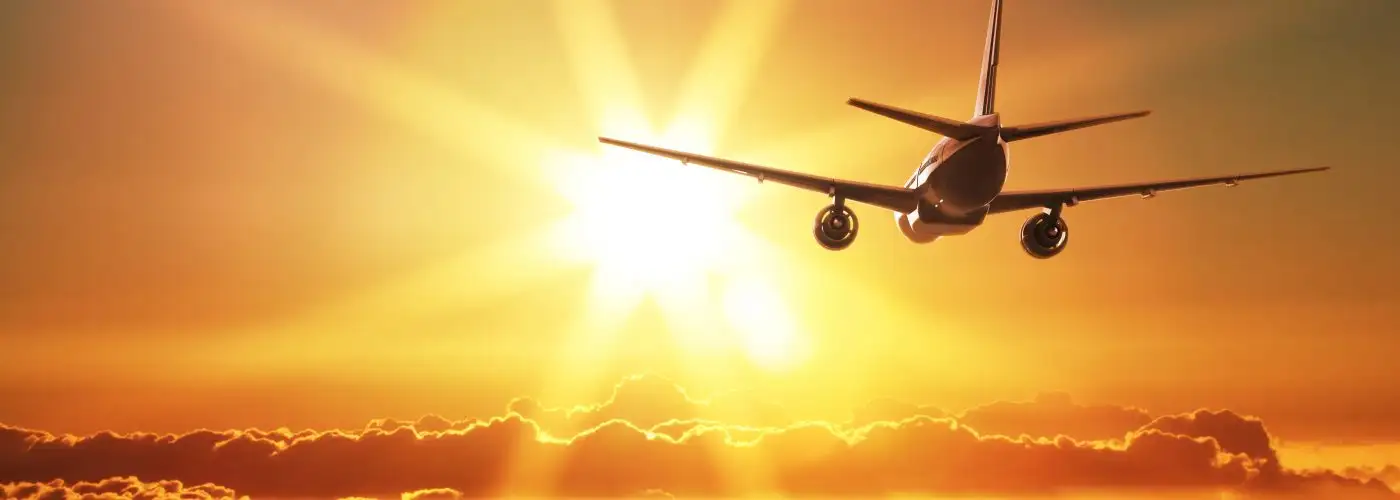There’s nothing mysterious about a solar eclipse. The moon blots out the sun for a few minutes, completely, in a spot about 80 miles in diameter. Places within that totality spot experience total darkness—just like a moonless midnight—for more than two and a half minutes near the center, a bit less than a minute at the edges. Areas hundreds of miles on either side of the totality spot will experience partial darkness.
But, it’s not exactly like a moonless night, because a solar eclipse does pose certain risks for those who aren’t careful.
General Risks During a Solar Eclipse
The biggest risk you’ll face during a solar eclipse is permanent eye damage if you don’t follow the advice to look at the solar eclipse only through heavily tinted glasses that are specially designed for eclipse viewing. Simply wearing sunglasses to view the eclipse, even strong ones, is not sufficient and poses significant risk.
For travelers, most likely risk during a solar eclipse is a traffic accident—on the ground, not in the air. The airlines’ view is that it’s entirely safe to fly during a solar eclipse; they are, after all, used to flying in the dark.
Flying During a Solar Eclipse
That said, if you’re on a plane passing through or near a totality zone and seated near a window, you should take extra care not to look at the sun directly—even if the temptation is greater given your unique view during the eclipse.
Airlines will either operate as usual when passing through an eclipse totality spot, using normal night landing and takeoff procedures, or just delay a couple of minutes until the totality passes. And flying through the totality band should impost no extra risks for pilots. Airlines generally do not make any substantial adjustments to their operations.
Driving During a Solar Eclipse
On the roads, the biggest safety risks are likely to come not during the eclipse, but driving to or from an area of totality immediately before or after it. Transportation officials on both the local and federal levels generally expect big-time traffic jams as people make day-trip drives to optimum observation spots.
Traffic officials generally expect that lots of people who live within 200 miles or so of a totality band during a solar eclipse will drive to a totality center area, stay for the eclipse, then return home. People who live in a totality area can expect conventional night driving conditions, although many are likely to pause their normal activities to watch (safely, of course).
And anyone worried about driving conditions should keep in mind that the darkness will last only a couple of minutes.
More from SmarterTravel:
- 10 Scariest Airports in America
- 10 of the Most Dangerous Cruise Ports in the World
- 10 Terrifying Bridges You Need to See to Believe
We hand-pick everything we recommend and select items through testing and reviews. Some products are sent to us free of charge with no incentive to offer a favorable review. We offer our unbiased opinions and do not accept compensation to review products. All items are in stock and prices are accurate at the time of publication. If you buy something through our links, we may earn a commission.
Related
Top Fares From
Today's Top Travel Deals
Brought to you by ShermansTravel
Greece: 9-Night Vacation, Incl. Meteora &...
Exoticca
 vacation
$2099+
vacation
$2099+
New Year Sale: Luxe, 9-Nt Alaska...
Oceania Cruises
 cruise
$3599+
cruise
$3599+
Ohio: Daily Car Rentals from Cincinnati
85OFF.com
 Car Rental
$19+
Car Rental
$19+




